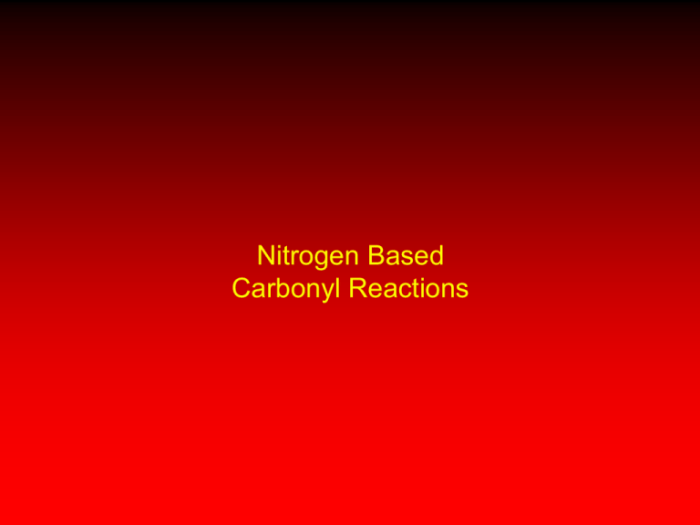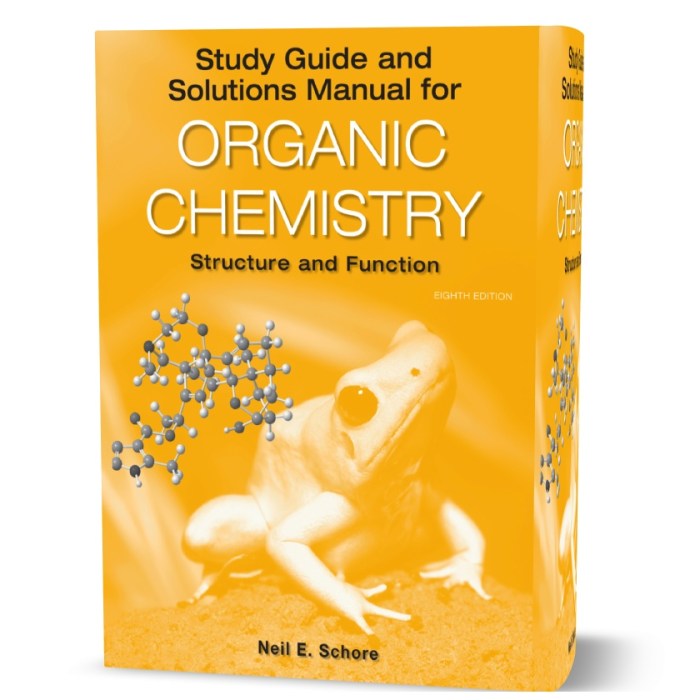Organic chemistry structure and function 8th edition pdf – Organic Chemistry Structure and Function, 8th Edition PDF, offers an immersive exploration into the captivating realm of organic chemistry. This comprehensive textbook empowers students and researchers alike to decipher the intricate relationships between molecular structure and function, unlocking a deeper understanding of the chemical world.
Delving into the foundations of organic chemistry, this 8th edition elucidates the concepts of structural isomers, functional groups, and organic reactions. It meticulously examines the diverse applications of organic chemistry, spanning from everyday life to cutting-edge industries.
Introduction: Organic Chemistry Structure And Function 8th Edition Pdf

Organic chemistry is the study of the structure, properties, and reactions of organic compounds, which are molecules that contain carbon. Organic chemistry is a vast and complex field, but it is also essential for understanding many aspects of our world, from the food we eat to the clothes we wear to the medicines we take.
The 8th edition of Organic Chemistry: Structure and Function has been revised and updated to provide students with the most up-to-date information on this important field.
Structural Isomers
Structural isomers are molecules that have the same molecular formula but different structural formulas. This means that the atoms in structural isomers are arranged in different ways. For example, butane and isobutane are both hydrocarbons with the molecular formula C 4H 10. However, butane has a straight chain of four carbon atoms, while isobutane has a branched chain of four carbon atoms.
Structural isomers can have different physical and chemical properties. For example, butane is a gas at room temperature, while isobutane is a liquid. This is because the branched chain of isobutane makes it more compact than the straight chain of butane, which makes it easier for isobutane to condense into a liquid.
Functional Groups, Organic chemistry structure and function 8th edition pdf
Functional groups are groups of atoms that give organic molecules their characteristic properties. For example, the hydroxyl group (-OH) is responsible for the polarity of alcohols, while the carboxyl group (-COOH) is responsible for the acidity of carboxylic acids.
There are many different types of functional groups, and each type of functional group has its own characteristic properties. By understanding the different types of functional groups, students can learn to predict the properties of organic molecules.
Organic Reactions
Organic reactions are chemical reactions that involve organic compounds. Organic reactions can be used to synthesize new organic compounds, or to break down organic compounds into simpler molecules.
There are many different types of organic reactions, and each type of organic reaction has its own characteristic mechanism. By understanding the different types of organic reactions, students can learn to predict the products of organic reactions.
Spectroscopy
Spectroscopy is a technique that is used to identify organic compounds. Spectroscopy involves shining a beam of light at an organic compound and measuring the amount of light that is absorbed by the compound.
There are many different types of spectroscopy, and each type of spectroscopy provides different information about the structure of an organic compound. By using spectroscopy, students can learn to identify organic compounds and to determine their structures.
Applications of Organic Chemistry
Organic chemistry is used in a wide variety of applications, including the production of pharmaceuticals, plastics, and fuels. Organic chemistry is also used in the development of new materials, such as solar cells and batteries.
By understanding organic chemistry, students can learn to create new products and to improve existing products. Organic chemistry is a powerful tool that can be used to solve a wide variety of problems.
FAQ Corner
What is the significance of understanding organic chemistry structure and function?
Comprehending the structure and function of organic molecules is crucial for deciphering their reactivity, properties, and applications in various fields, including medicine, materials science, and biotechnology.
Who is the intended audience for the 8th edition of Organic Chemistry Structure and Function?
This textbook is primarily designed for undergraduate and graduate students majoring in chemistry, biochemistry, and related disciplines. It also serves as a valuable reference for researchers and professionals seeking to expand their knowledge in organic chemistry.

